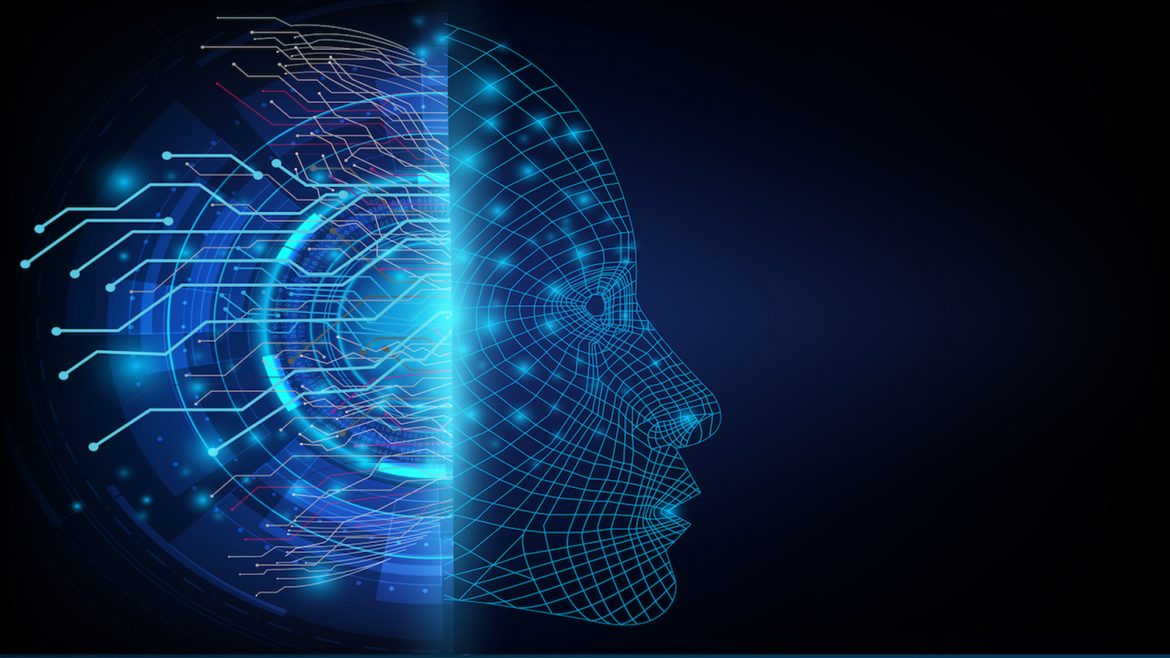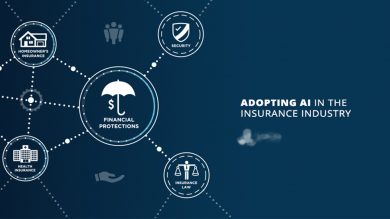Over the past few decades, machine learning has emerged as the real-world face of what is often mistakenly called “artificial intelligence.” It is establishing itself as a mainstream technology tool for companies, enabling them to improve productivity, planning, and ultimately, profits.
Most of what is being called ‘AI’ today, particularly in the public sphere, is what has been called ‘machine learning’ for the past several decades.
Forward-looking companies are already using ML throughout their business, solving mission-critical back-end problems in fraud detection and logistics-chain prediction and building innovative consumer-facing services such as recommendation systems.
Although not visible to the general public, research and systems-building in areas such as document retrieval, text classification, fraud detection, recommendation systems, personalized search, social network analysis, planning, diagnostics, and A/B testing have been a major success — these are the advances that have powered technology companies.
ML isn’t just something that will happen in the future. It’s happening now, and it will only get more advanced and pervasive in the future.
However, the broader uptake of ML by enterprises – big and small – is less much less known some use ML to change their business models and offer entirely new value propositions to customers
There are both internal and external uses for ML. In the financial sector, ML has been widely used for some time to help detect fraudulent transactions and assess risk also able to filter out deceptive merchants and crackdown on sales of illegal products.ML algorithms also underpin many of the corporate chatbots and virtual assistants being deployed by enterprise customers and others, are applying ML algorithms to interpret driver data and identify new business opportunities.
In the retail sector ML is used to optimize home delivery routes, also uses it to help reduce theft and improve customer service. It is possible to use facial recognition software that automatically detects frustration in the faces of shoppers at checkout, prompting customer service representatives to intervene.
Many different industries and lines of business are ripe for machine learning—particularly the ones that amass large volumes of data. The manufacturing, finance, and healthcare sectors are leading the way so are many others.




